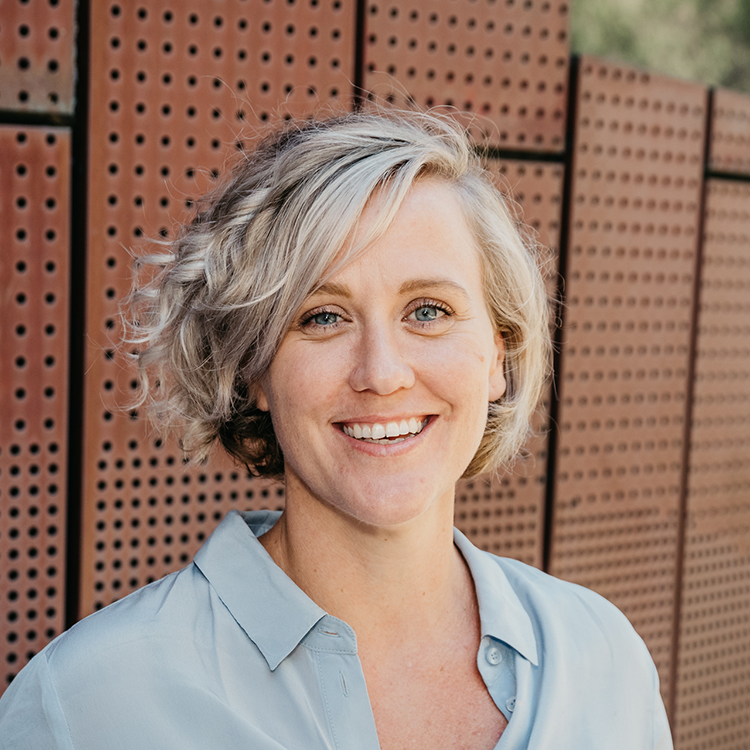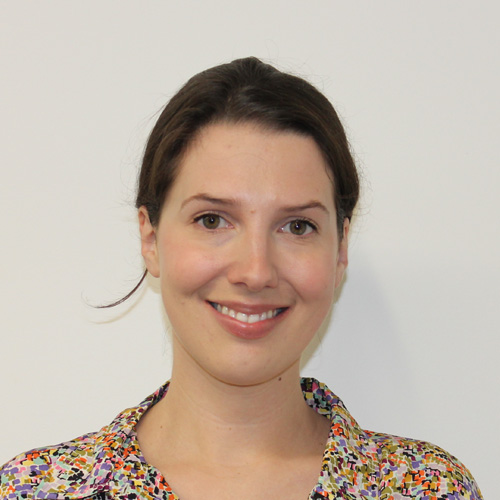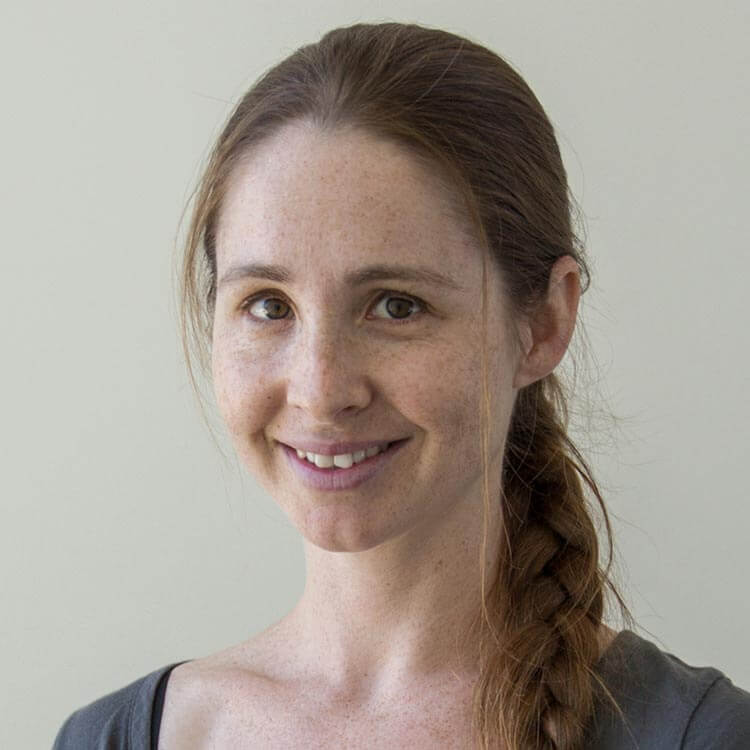Search








People
Julian HengJulian is the Program Manager for the Global Disease Modelling team at The Kids Research Institute Australia.


People
Jess KeeleyWithin the Child Disability Team Jess has contributed to research that aims to improve understanding and measurement of the communication of people with CDKL5 Deficiency Disorder (CDD) by conducting and analysing interviews with families.
